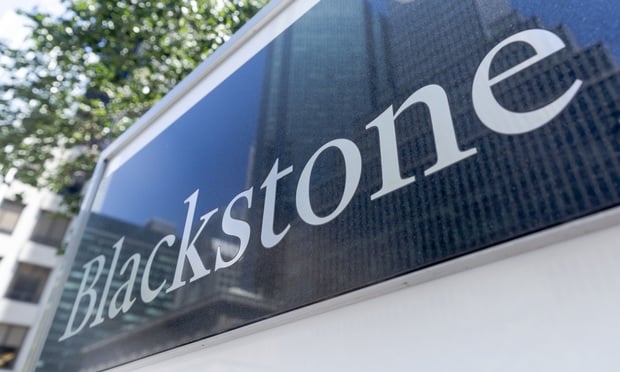Finally, there was some good news on the inflation front, down to 8.5% in July from June's 9.1% mark. But the numbers are still high, and they continue to impact consumers, retail, and the net lease market. Smart investors need to understand the current dynamics and also recognize that there are still good deals in this sector.
"The net lease market is coming off an all-time high," says Gordon J. Whiting, head of net lease real estate at Angelo Gordon. "There was over $90 billion of transaction volume in 2021, which is an over 50% increase from 2020. But I believe it remains an excellent time for sellers to execute transactions and a good time for investors to get involved as buyers."
The basic conditions have changed. Whiting notes that properties with cap rates in the 3% to 5% range are venturing into 4% to 7% or 6% to 8% territory, with the larger increase in the less-than-investment-grade net lease market. The difference is in the risk profile of the transaction. Highly leveraged tenants in an inflationary environment face more potential difficulty in their ability to pay, so investors need a yield premium.
Recommended For You
Sellers get more
Whiting has advice for both sellers and buyers. The former should look at a sale-leaseback as a form of financing that, in comparison to other costs of raising capital, is still attractive and offers strategic flexibility, even if proceeds are a little lower than they would have been last year.
"You get to deduct rent, and there's no balloon payment at the end of the lease term," says Whiting. "A seller can take the proceeds, pay down more expensive debt, develop new technology, or acquire a competitor. It's certainly less expensive than equity, and they're typically selling their real estate at a higher multiple than they'd get financing the properties because they get full value, rather than 60% to 70% of the value with a mortgage. It's still relatively more attractive than other kinds of debt."
The investor advantage
Investors get several advantages as well. One is stability. Companies entering a sale-leaseback know they will be in a property for a long period, so 20-year leases are common. The sweet spot is in industrial facilities that house key operational functions such as distribution, manufacturing, and food production.
With cap rates rising, investors can expect a better return on properties. "You have long-term cash flows and, if you invest with the right firm, leases with built-in rent increases that will act as a hedge against inflation," Whiting explains. "These investments by nature are cash-flow positive on day one. During a recession or in an inflationary environment, cash is king. And you've got the security of owning a hard asset if there's a problem."
© 2025 ALM Global, LLC, All Rights Reserved. Request academic re-use from www.copyright.com. All other uses, submit a request to [email protected]. For more information visit Asset & Logo Licensing.








